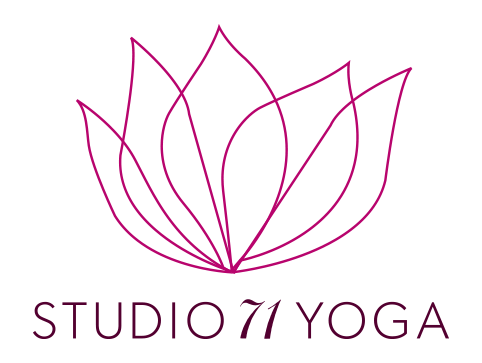Have you heard of FOMO?
Do you ever experience the fear that others are having more fun than you and have better jobs, relationships and opportunities than you?
When the perception of missing an opportunity causes stress, that's FOMO—the fear of missing out. Social media makes this stress-tinged envy much worse, often negatively impacting our daily self-esteem.
I’m writing this blog today not to highlight the frequency or ill effects of FOMO but to point out that you might be missing out on one of my unique yoga offerings.
I found out the other day that one of my yoga students had no idea she could attend the Tuesday morning Yoga Nidra classes for free.
That’s right.
Free.
So just in case you’ve been missing out, I’ve updated the information on my website, which you can read below.
It’s what you need to know so you won’t miss out.
SEPTEMBER 13 - DECEMBER 6, 2022
YOGA NIDRA - 13 WEEKS - TUESDAYS 10-11 AM $189*
*This live online class is FREE for all current Studio 71 Yoga weekly session participants. Contact Jeannine for more information.
Take a break and reset your day starting with a brief awareness exercise, followed by a 35-minute iRest® Yoga Nidra practice—guided meditation for deep relaxation and healing.
iRest core concepts are introduced each week as you are guided into deeply relaxing states, moving beyond self-limiting beliefs and conditioning. With practice, you’ll enhance your sense of awareness of being a whole person, ultimately realizing that you are perfect just as you are.
Scientific research has shown that regularly practicing iRest Yoga Nidra benefits stress, sleep disturbances, chronic pain, and anxiety. It can also help with chemical dependency, post-traumatic stress injury, depression, cancer and other conditions.
No experience is needed.
There’s no right or wrong way to do this practice.
You can practice lying down or seated with your eyes open or gently closed.
Everyone is welcome.
There you have it—basic information about the Tuesday morning classes.
Let me know if you’re enrolled in another Studio 71 Yoga weekly yoga session and want to attend the five remaining Tuesday morning Yoga Nidra classes at no additional cost.
Of course, everyone else is also welcome to register for any remaining yoga classes.
Take action now so you won’t be missing out.









